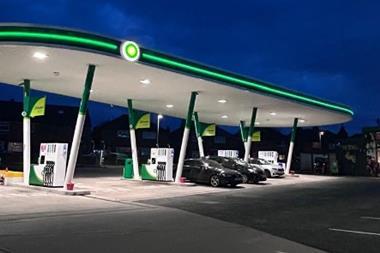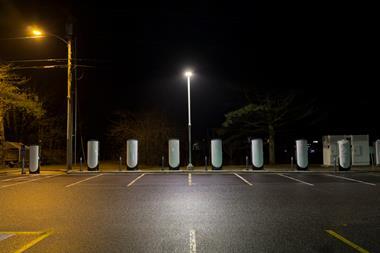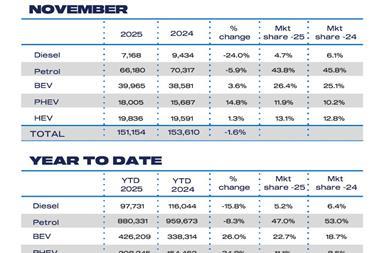Shell has unveiled a low carbon prototype car in a bid to demonstrate that internal combustion engines can be part of the solution to urban environmental problems.
The ultra-light city car’s low-cost, low-carbon construction uses the kind of weight reduction and aerodynamics found in Formula One racing to minimise emissions and energy use.
“You could build this car and drive it for around 100,000 kilometres before consuming the same energy it takes to make a typical SUV,” says engineer Bob Mainwaring, Shell’s technology manager for innovation, who is leading the project.
By the middle of this century three-quarters of the world’s population is expected to live in cities, while the number of cars on the road could double.
Shell says cars powered by electricity, low-carbon biofuels or hydrogen could play a growing role in road transport of the future, but much more efficient combustion engines using petrol or diesel are needed to reduce carbon dioxide (CO2) emissions and air pollution in the shorter term.
“We wanted to see what kind of an impact we could have if we really pushed the boundaries of what combustion engine cars can do today,” says Mainwaring.
The car has a top speed of 110 kilometres per hour (km/h) but performs best at 50-70km/h. Shell says independent tests suggest that it can drive 100km on just 2.6 litres of petrol at a steady 70km/h.
In tests, it produced at least a quarter fewer CO2 emissions than typical petrol-powered city and hybrid cars. The car’s body is made with recycled carbon fibre. This helps to reduce its overall weight to 550 kilograms, while cutting the energy used in manufacturing by up to 45% compared to a city car available today.
Wing mirrors have been replaced with tiny digital cameras that relay the view of the road behind through screens inside, while new wheel-arch covers further reduce drag.
On the inside, engine experts Geo Technology improved the efficiency of an engine already found in some city cars that uses a diamond-like carbon coating to help minimise friction, while Shell scientists developed a special lubricant.
“The lower weight and the aerodynamic improvement has been a significant factor in increasing the efficiency. So has the engine lubricant collaboration between Shell and Geo Technology. By working together we’ve achieved far more than we could have done on our own,” said Matt Brewerton, the lead project design engineer.
Shell has no plans to put the concept car into commercial production.

































No comments yet